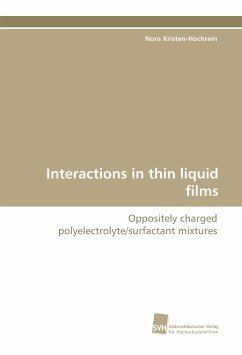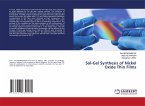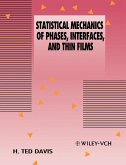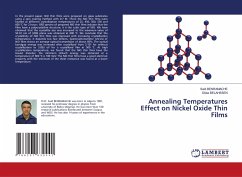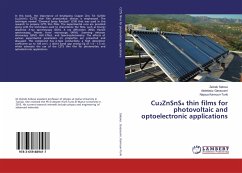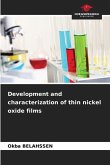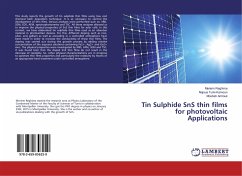The stability of colloidal dispersions like foam is governed by the interactions in the thin liquid films between the compartments. For a better understanding of the macroscopic foam, single foam films are investigated. The focus of this study is the effect of oppositely charged polyelectrolyte/surfactant mixtures on foam film stability. For this purpose, mainly mixtures of cationic surfactants and anionic polyelectrolytes around the isoelectric point (IEP) are used. Since both components are oppositely charged, they can form highly surface-active complexes. The results of the TFPB measurements show that the general properties of foam films formed from these mixtures are very similar throughout all systems. A reduction of foam film stability is detected slightly below the nominal IEP of the system and very stable foam films are found in the concentration regime above the IEP. However, the surface characterisation of the air/water interface reveals that this phenomenon is not due to a charge reversal at the interface. Furthermore, the results show that the properties of the foam films depend on the polymer chain length and the hydrophilic/hydrophobic balance of the components.

